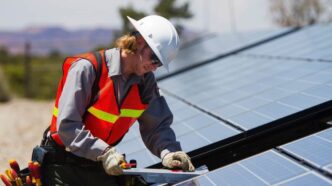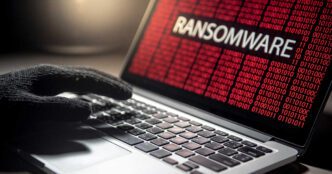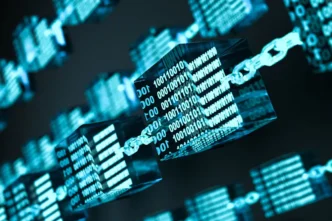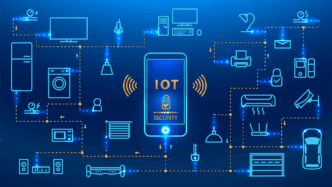Dozens of security flaws discovered in solar products from top brands like Growatt, Sungrow, and SMA pose growing risks to energy infrastructure.
Solar energy systems, hailed as a cleaner alternative to fossil fuels, are now emerging as potential backdoors for hackers targeting the power grid. Cybersecurity firm Forescout has uncovered a worrying set of vulnerabilities in solar products from leading vendors Growatt, Sungrow, and SMA — some of which could allow attackers to seize control over critical infrastructure components.
As demand for solar energy surges across the U.S. and Europe, these systems are becoming a high-value target. While offering green energy benefits, many solar installations include internet-connected components, cloud services, and mobile apps — all of which increase their cyber attack surface.
According to Forescout’s latest research, 46 new vulnerabilities were recently identified across these systems. This adds to a total of over 90 issues found in the past few years across the solar energy sector.
Solar Inverters Are the New Security Risk
At the heart of any solar plant are two major components: the solar panels that generate DC power and the inverters that convert this to usable AC power. These inverters also connect to the internet, feeding data to cloud platforms and mobile apps for monitoring and control.
However, this convenience has come at a cost.
SMA’s product, for instance, was found to have a severe flaw enabling remote attackers to upload malicious files. This could let hackers execute arbitrary code on the cloud servers that control the system.
Growatt’s systems were even more concerning, with Forescout finding 30 separate flaws. These include cross-site scripting (XSS) vulnerabilities, which could expose sensitive user data, allow attackers to hijack control of the device, or even physically damage solar hardware.
Sungrow Devices Also Hit by Multiple Threats
More than a dozen issues were also identified in Sungrow’s solar systems. These include insecure direct object reference (IDOR) flaws that can leak private data, along with vulnerabilities that make the systems susceptible to denial-of-service (DoS) and remote code execution attacks.
Such flaws, if exploited at scale, could allow attackers to hijack large numbers of solar inverters across the grid. Forescout warns that coordinated attacks using these vulnerabilities could destabilize energy supply or trigger blackouts in affected areas.
Potential Grid Disruptions and Financial Impacts
Forescout’s report suggests that a well-planned attack involving compromised solar systems could seriously affect power stability. In addition to threatening grid operations, attackers could use these access points for broader cyber intrusions, identity theft, or even financial extortion.
For example, attackers could manipulate energy pricing data, steal customer information, or deploy ransomware, costing grid operators millions.
Mixed Response From Vendors Raises Concerns
The affected companies were all notified of the vulnerabilities. SMA and Sungrow responded quickly, releasing patches and publishing customer advisories. The U.S. Cybersecurity and Infrastructure Security Agency (CISA) also issued alerts, highlighting the risks these flaws pose to global energy infrastructure.
Growatt, however, has reportedly only patched a few of the identified issues. According to Forescout, the majority remained unaddressed as of late February.
Security Tips for Solar System Owners
The National Institute of Standards and Technology (NIST) offers basic but critical steps to secure solar systems. These include changing default passwords, limiting access, regularly updating software, backing up data, and disabling unnecessary features.
Forescout further recommends that businesses treat solar equipment like any IT asset. This means conducting risk assessments during setup, including security features in procurement contracts, segmenting networks to isolate devices, and using monitoring tools to detect unusual activity.
As Solar Adoption Grows, So Do the Threats
The push toward renewable energy has accelerated the adoption of solar systems worldwide. But as these technologies become more interconnected, they also become more vulnerable.
Failing to secure these devices doesn’t just put individual homes or businesses at risk — it could compromise entire power grids. Without prompt vendor response and stronger industry oversight, solar systems may quickly become one of the most overlooked threats to energy security today.













